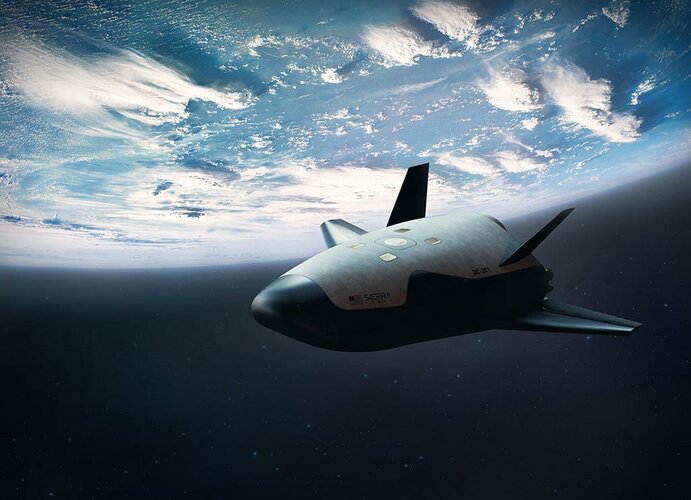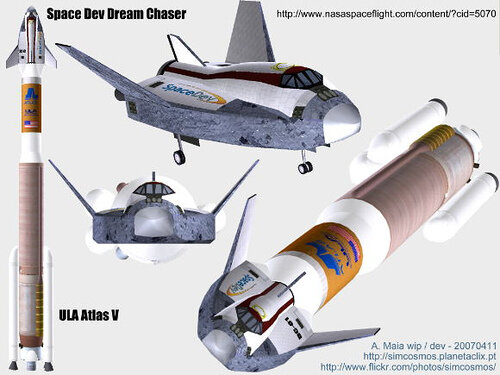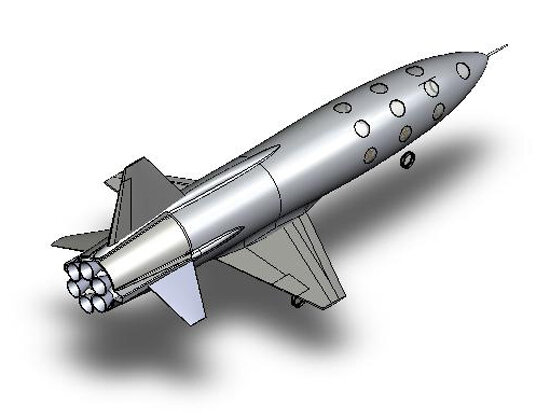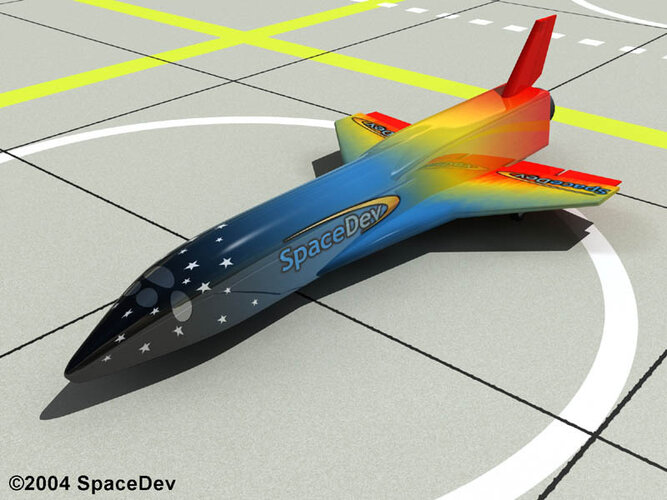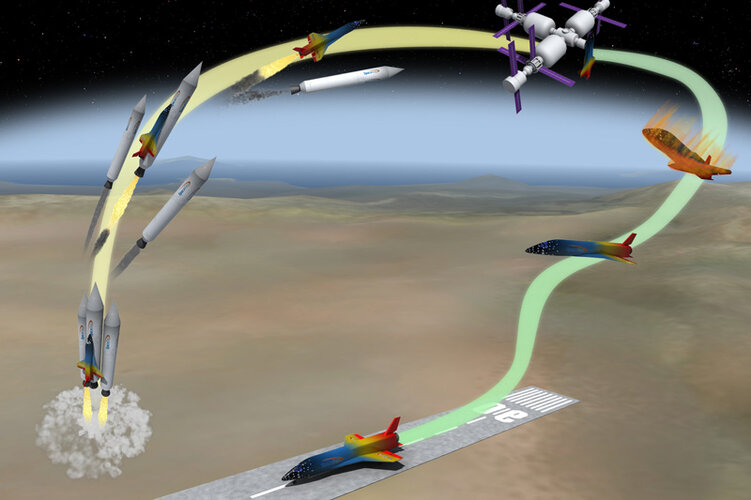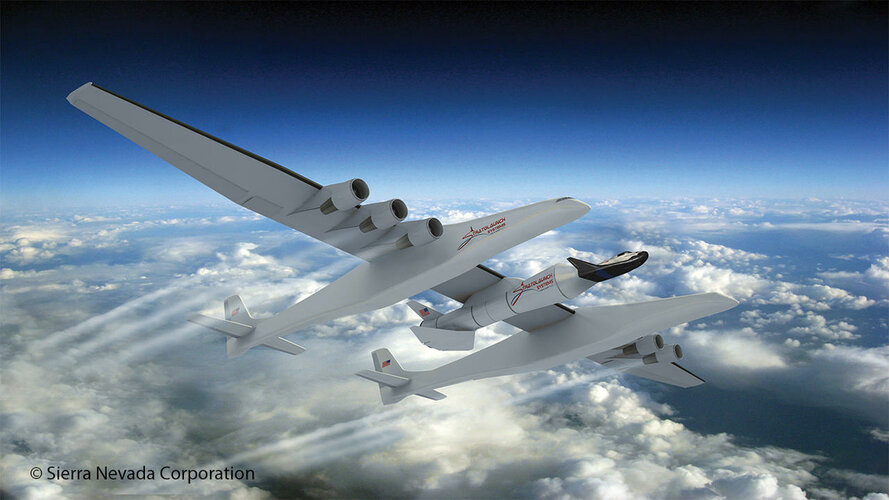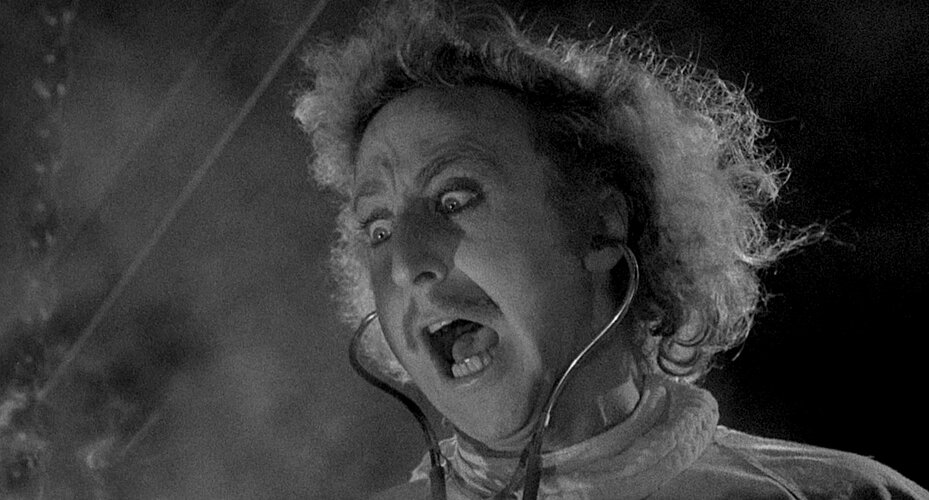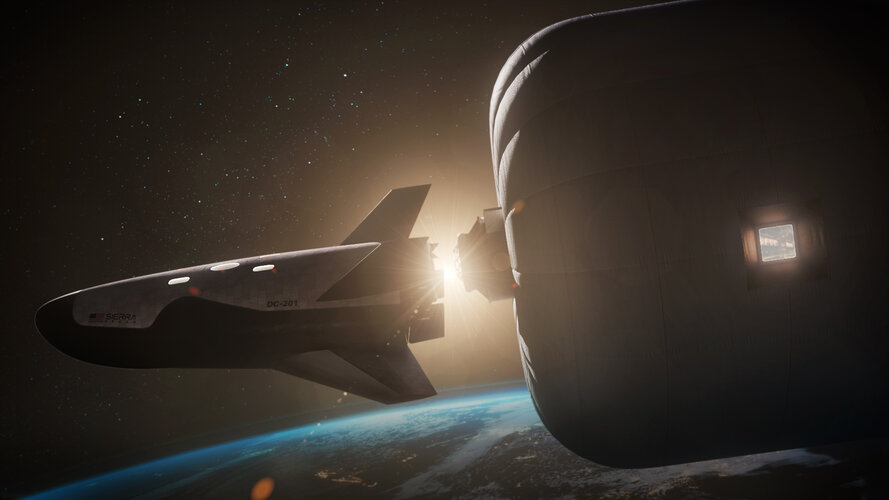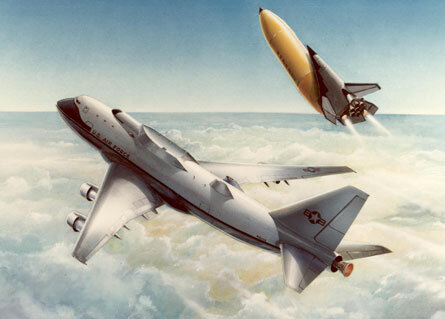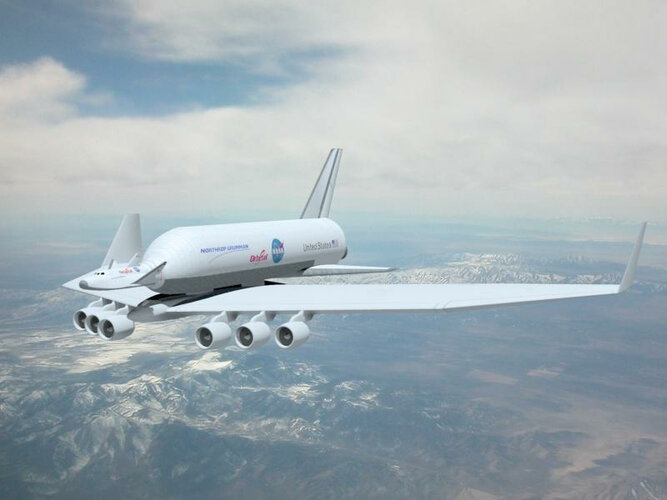I consider this concept a crucial asset for continued US crewed spaceflight.
Indeed. My own take: I can see a kind of "niche" for Dreamchaser, along the lines of
-Before SpaceX Starship changes the scale of manned spaceflight - provided it succeeds.
-Backup to SpaceX Dragon 2 (not for CCdev however: that train has left the station in 2014-2016)
-Since Boeing CTS-100 is in serious trouble
-Unique capabilities: winged return to a runway, always useful (compare that to Dragon 2 splashdowns, and CTS-100 ground landings by parachutes)
Even with Starship someday make everything else (manned) look ridiculous, there will still be "niches" for a smart enough, smaller system. As Starship, designed for a massive colonization onslaught on faraway Mars, may be a little overkill / oversized for plain old LEO shores.
Boeing CTS-100 future past CCdev NASA missions and the last Atlas V is a bit murky. Of course it could fly on Vulcan to the future space stations (Orbital Reef, Vast and all the others I can't remember the names). But the apeal of a winged Dreamchaser on a runway might be strong.
Who knows... there will always be a market for smaller LEO vehicles, manned, to complement Starship.
Or maybe Starship will steamroll everything, Boeing 747 style.

